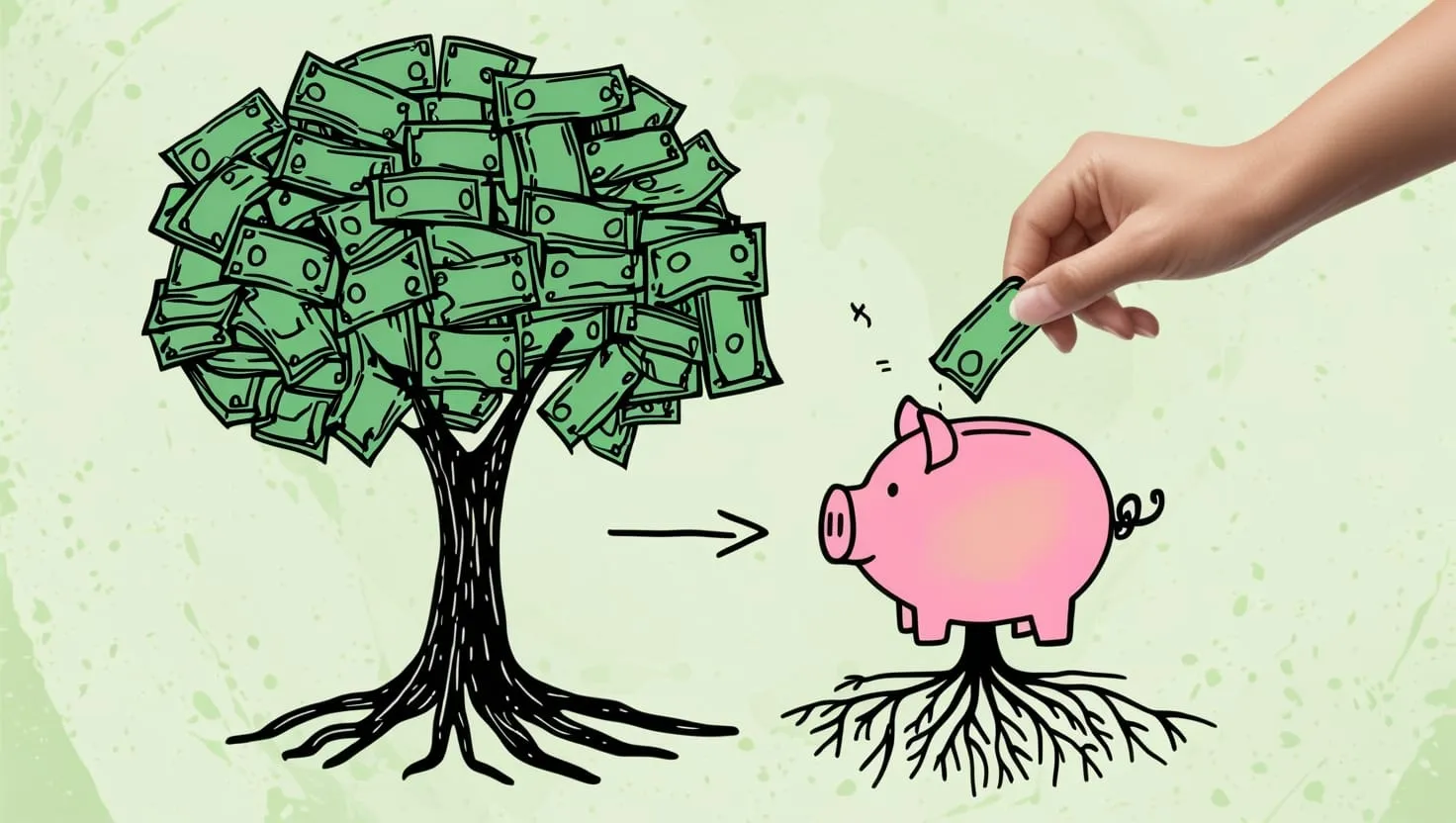Market Timing: The Costly Mistake You Can't Afford to Make
We've all been there. The stock market's taking a nosedive, and you're itching to sell everything before it gets worse. Or maybe you're sitting on some cash, waiting for the perfect moment to jump in and ride the next big wave. Welcome to the world of market timing - it's tempting, exciting, and oh so dangerous.
Let's face it, the idea of outsmarting the market is pretty alluring. Who wouldn't want to buy low and sell high every single time? It's the investing equivalent of having a crystal ball. But here's the kicker - even the pros can't pull it off consistently. And if they can't do it, what chance do we mere mortals have?
Think about it this way. Trying to time the market is like trying to predict the weather a year in advance. Sure, you might get lucky and guess a few sunny days, but you'll probably miss that freak thunderstorm or unexpected heatwave. The stock market's the same deal - it's influenced by so many factors that even the smartest analysts can't predict it accurately.
Now, I know what you're thinking. "But what if I just sit out the bad times and jump back in when things look better?" Sounds smart, right? Wrong. Here's the thing - some of the best days in the market often come right after the worst ones. Miss those, and you're leaving a ton of money on the table.
Let me throw some numbers at you. If you'd invested $10,000 in the S&P 500 from 2003 to 2022 and stayed put, you'd have ended up with a sweet $64,844. But if you missed just the 10 best days? You'd only have $29,708. That's less than half, folks! And we're talking about just 10 days out of 20 years. It's crazy how much of a difference a few good days can make.
But wait, there's more! Market timing isn't just risky - it's expensive too. Every time you buy or sell, you're racking up transaction costs. Do that often enough, and you're basically throwing money away. And let's not forget about taxes. Sell at the wrong time, and Uncle Sam might come knocking for his share of your capital gains.
Now, I get it. When the market's tanking, it's hard not to panic. Your brain's screaming at you to do something, anything, to stop the bleeding. But here's the truth - that panic is your worst enemy. It's like trying to drive by looking only in the rearview mirror. You're reacting to what's already happened, not what's coming up ahead.
So, what's the alternative? Well, it's not as sexy as market timing, but it's a whole lot more effective. It's called buy and hold. Yeah, I know, it sounds boring. But you know what's not boring? Watching your wealth grow steadily over time.
The idea is simple. You pick solid investments and stick with them, come hell or high water. It's like planting a tree. You don't dig it up every few months to check how the roots are doing. You water it, give it time, and watch it grow.
Take Warren Buffett, for example. The guy's practically synonymous with successful investing. And what's his secret? Patience. He doesn't try to time the market. He finds good companies and holds onto them for dear life. It's not flashy, but it works.
Another strategy worth considering is dollar cost averaging. It's a fancy term for a simple idea - invest a fixed amount regularly, regardless of what the market's doing. It's like setting up a standing order for your investments. When prices are high, you buy less. When they're low, you buy more. Over time, it all averages out.
The beauty of this approach is that it takes the emotion out of investing. You're not trying to guess whether the market's at its peak or its trough. You're just steadily building your portfolio, rain or shine.
Now, I know what some of you are thinking. "But what about those stories of people making a killing by timing the market?" Sure, those stories exist. But for every one of those, there are countless others who've lost their shirts trying to do the same thing. It's like hearing about someone winning the lottery and deciding that's your retirement plan.
Remember, the goal of investing isn't to get rich quick. It's to build wealth over time. And the best way to do that is to stay in the game, not to try and outsmart it.
So, the next time you're tempted to time the market, take a deep breath. Remember that the market's ups and downs are normal. They're not a signal to buy or sell - they're just the cost of admission for the long-term gains the market can provide.
Instead of trying to predict the future, focus on what you can control. Build a diversified portfolio. Keep your costs low. And most importantly, give your investments time to grow. It's not about timing the market - it's about time in the market.
In the end, successful investing is more about discipline than genius. It's about sticking to your plan even when it feels uncomfortable. It's about understanding that the path to wealth is rarely a straight line, but a series of ups and downs that, over time, trend upwards.
So, resist the siren call of market timing. Embrace the power of patience and consistency. Your future self will thank you for it. After all, the best time to invest was yesterday. The second best time? Right now.






